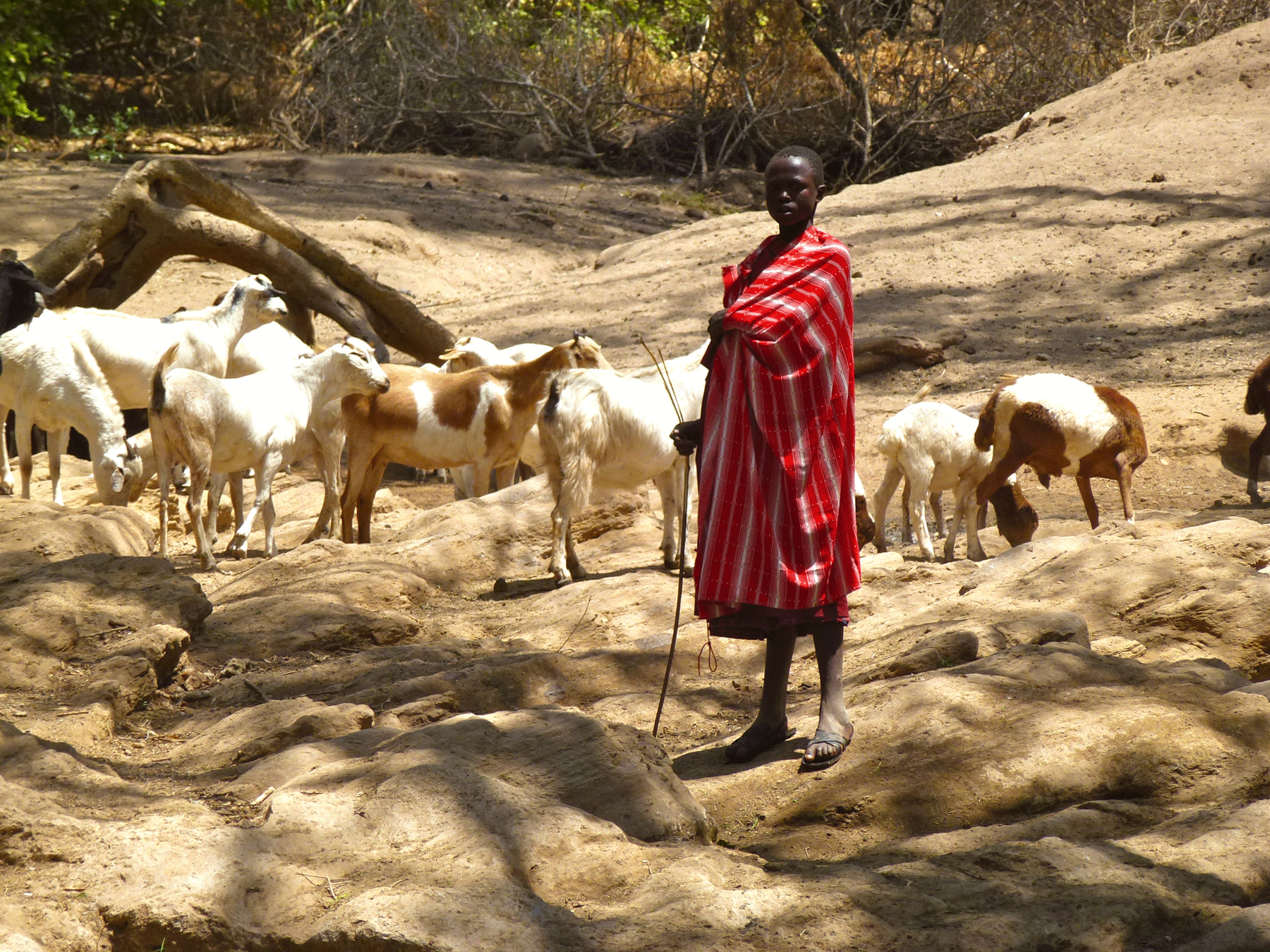The back has been broken on legal denial of community property. This is the conclusion of a study of land laws in 100 countries.
Factually, most administrations now acknowledge community lands as a viable unit of property and provide mechanisms through which this essentially social form may be formally mapped and registered. And I mean community property, with comparable legal protections as granted private and corporate property. The trend is global, including Europe. While enactment is taking longer to achieve than the case in the 1980s and 1990s, there are a sufficient number of new draft laws each year to conclude the trend will continue into the future.
I see no way back from this. A tipping point has been reached. Procedures to map and register these properties are, in the main, becoming simpler and cheaper. Legal treatment of communities as natural persons for purposes of land ownership is easing the way in a gathering number of states. Most laws also now accept that unfarmed communal resources are integral to the community property and cannot be fairly excluded. Nor need community lands be sellable to qualify as protected properties. Areas over which family or other exclusive rights prevail are being more satisfactorily nested within the community domain as transferable usufructs. Statutes are also taking the opportunity to remedy common weaknesses in community-based land governance, by making inclusive decision-making obligatory.
In short, it now seems possible that by century-end the largest sector of acknowledged property worldwide will be community-owned and governed. Expansion in its adoption can be predicted, including as practical tool to regularize soaring urban slum occupation over coming decades. This will inject new vigour into this essentially social version of corporate property. Community, long presumed to be a disappearing social form, will itself be revitalized as a rational framework for modern purposes. Devolutionary land governance should consolidate, as governments cede landlord powers over millions of hectares traditionally deemed un-owned. We should expect the regulatory and oversight functions of governments to be refined and more impartial. None of this can be bad for society – or governance.
The above is the good news. There is bad news as well. Governments are decreasingly comfortable surrendering once easily disposable lands or powers they have gathered to themselves through the useful presumption that these were vacant wastelands. Class formation and diverging demands reach ever more deeply into this domain. Globalizing land and resource demands reinforce claims that property can only exist as a market commodity or state asset to be leased, and that land-based wealth can accumulate only in the hands of able individuals and corporations. Wealthy urbanites join the fray in a rush to secure productive lands in home areas, and want these to fall beyond the reach of community rules. Well-placed elites in Central Asia and Africa are buying up large herds of livestock for pastoralists to graze on their behalf, introducing new dimensions of degradation and inter-communal tension. Traditional authorities, as often state-appointed actors as traditional inheritors of status, are actively wary of legal changes which might curtail the land powers and revenue they have come to expect as their due. Sustaining the momentum of progressive norms will get harder.
Ways and means of putting a break on slippage of especially public lands into community hands are being found. New categories of ‘essential national/public property’ are entering definitions; surface minerals long mined by local communities, minor waters, riverine zones, steep slopes, mountains, cultural sites, and buffer zones around protected areas, are joining the ranks of nationalized minerals, hydrocarbons, foreshores, and often forests. Investment zones, commercial developments, private or public, are more often listed as public interests in new laws. Classification of ‘undeveloped’ lands is reappearing as a category, as a means of denying these are owned. Restitution of protected areas, taken from communities over the last century, is proving less easy than promised, and despite evidence that communities are typically more effective and lasting protectors than state agencies should a foundation of community tenure be secured.
Other impediments are showing themselves. While most governments have indeed enacted new property laws of benefit to rural communities, ministries can fail for years to gazette essential application orders to make these usable. Sideways swipes from new regulations under resource laws limit access and rights overnight. While NGOs take on the major burden of facilitating the identification and concretization of collective property, the legal grip of governments over procedures and budgets does not relax. Countries that in earlier decades retained title to acknowledged community properties on grounds of limiting distress sales are not changing this stance with the times. Less selfless motives come to the fore in determination to retain government control over increasingly valuable resources within those community properties. This delinking of property from the jurisdictional rights of owners is peculiar to these cases, with so far little sign of demise.
So which way will things go for community landowners, recognized or not recognized? My sense is that it is too late to put the magi back in the bottle. Although with more difficulty and risk of human rights abuses, community demands will prevail, supported by their growing awareness and connectedness of purpose, including across national boundaries. The public-community land interface will be the focus. But compromises will be struck, and new paradigms permitting community based forms of property and jurisdiction will continue to evolve. There is simply too much logic in at last bringing community lands in from the cold and sustaining local collective ownership and governance of many resource types for socially collective tenure to disappear.

